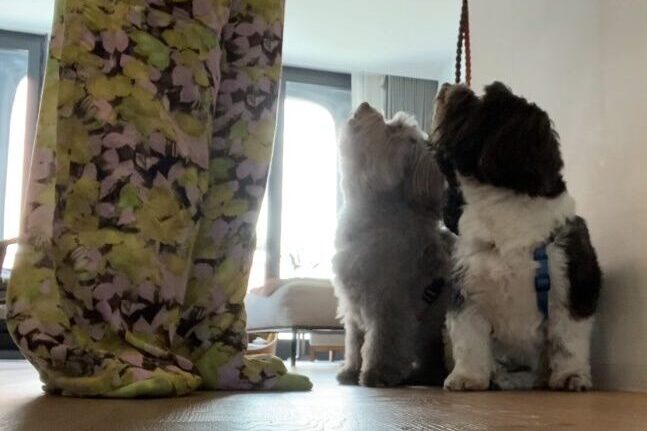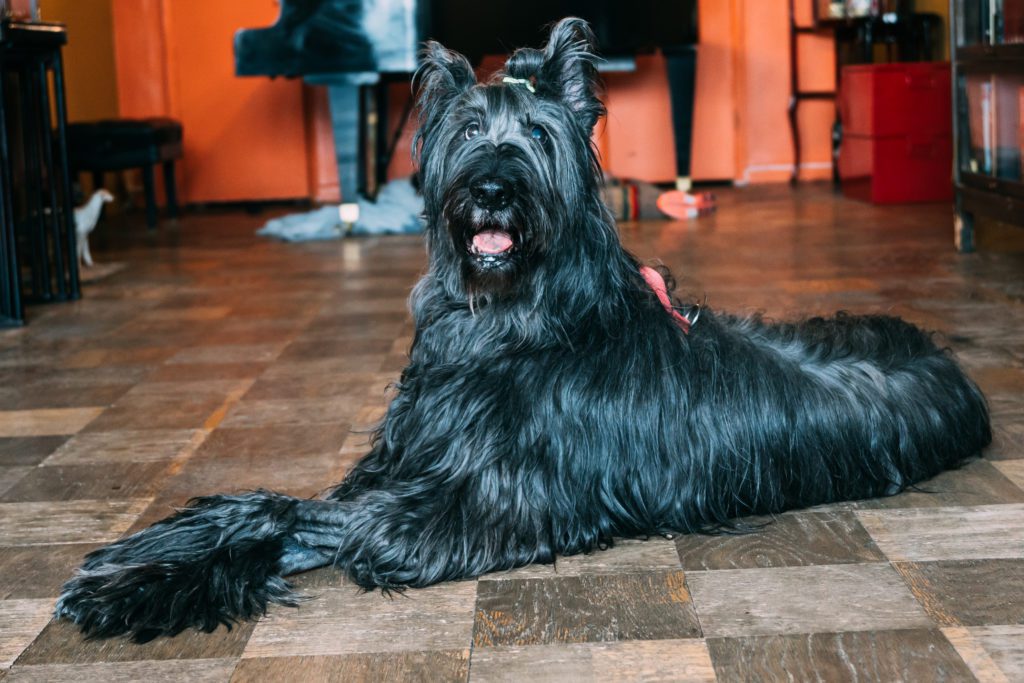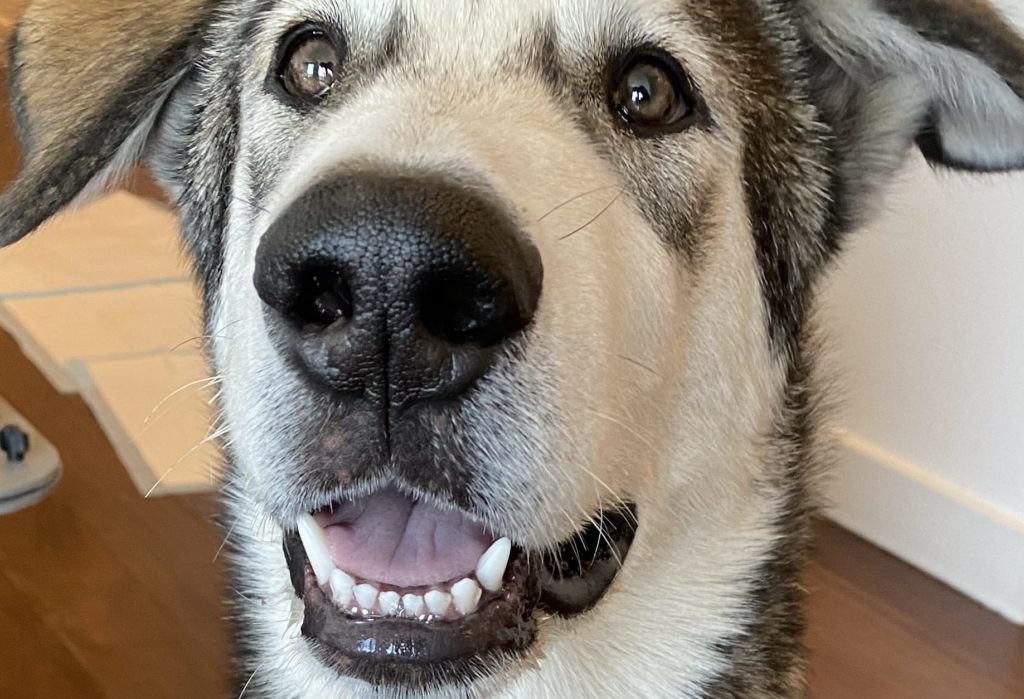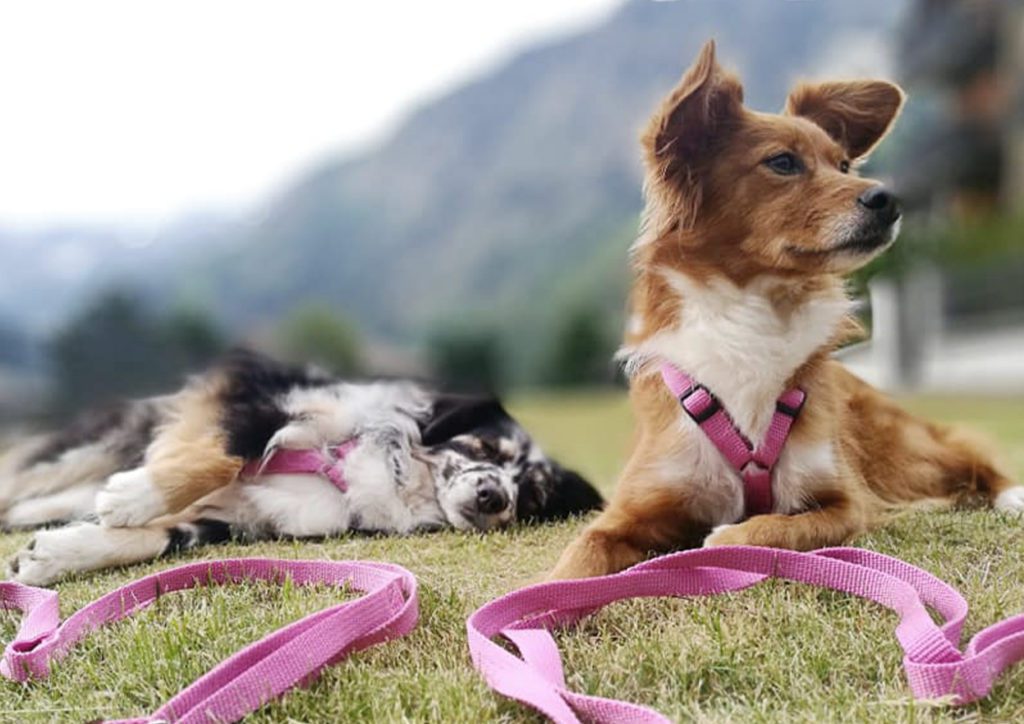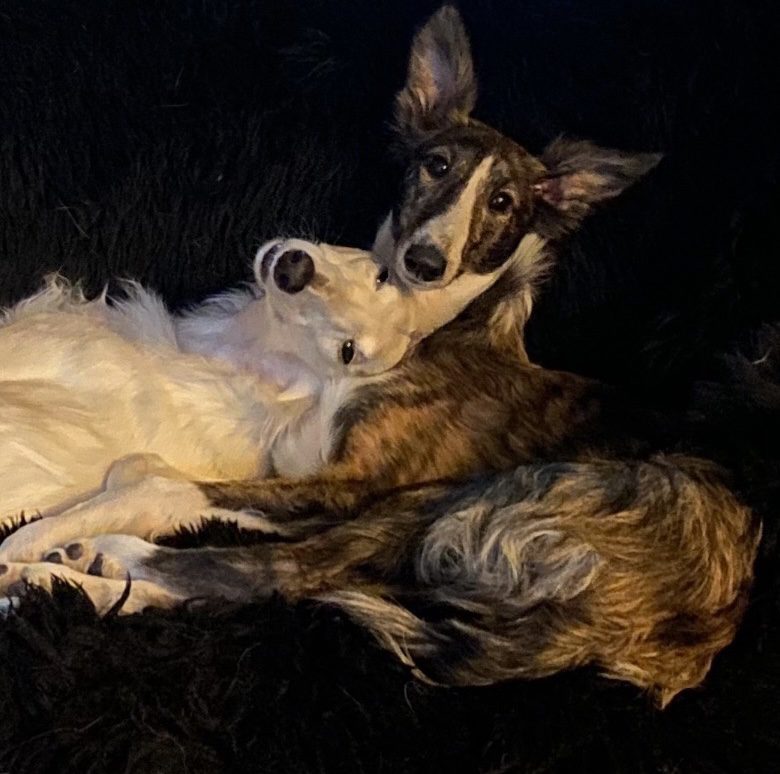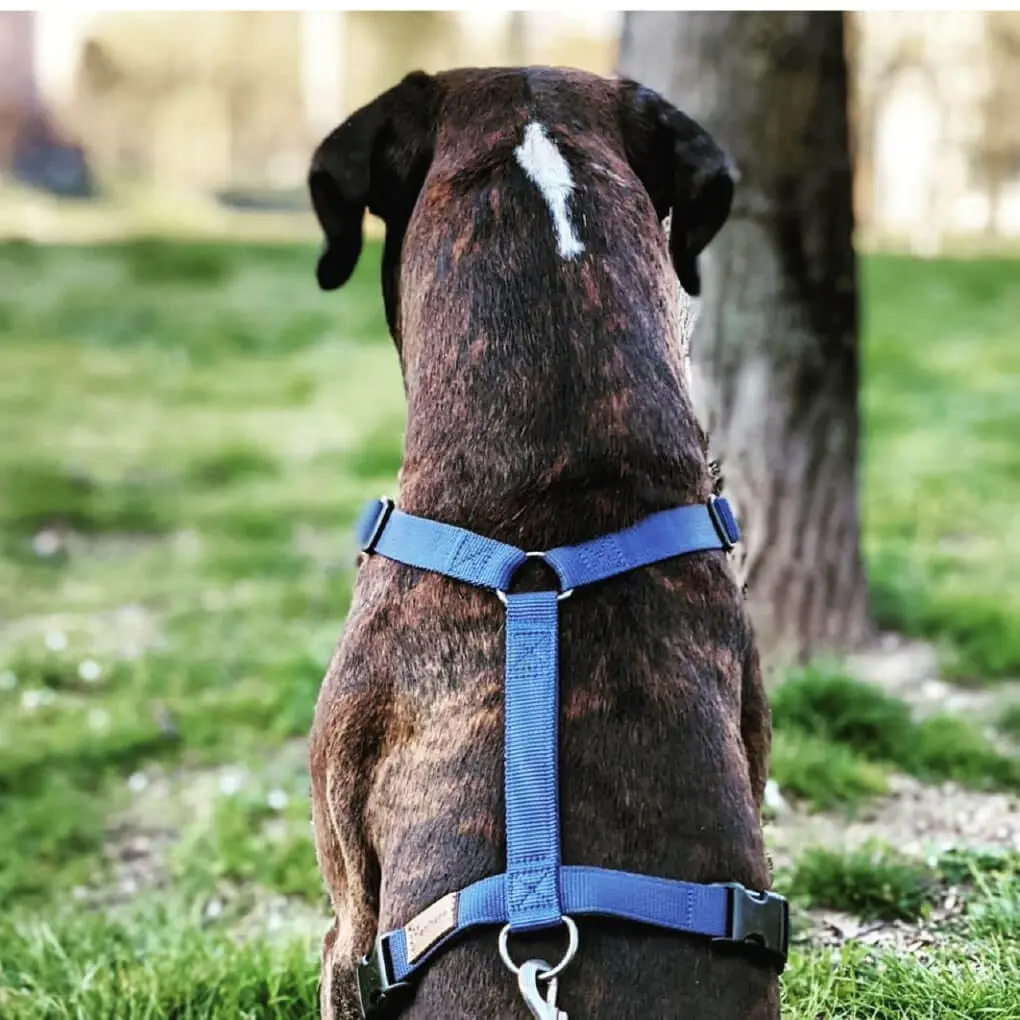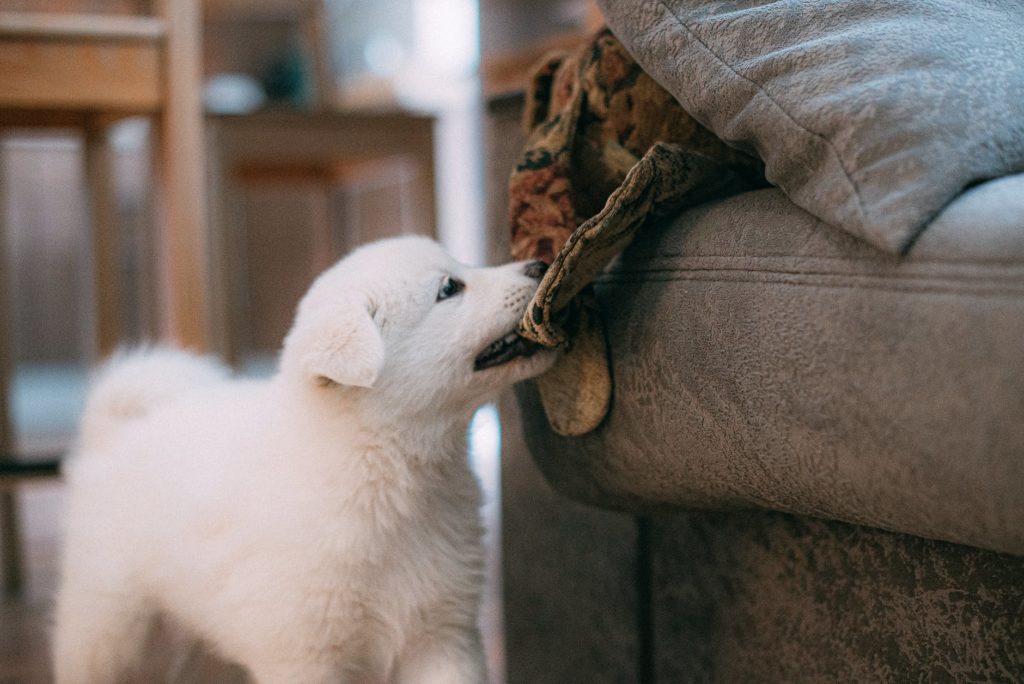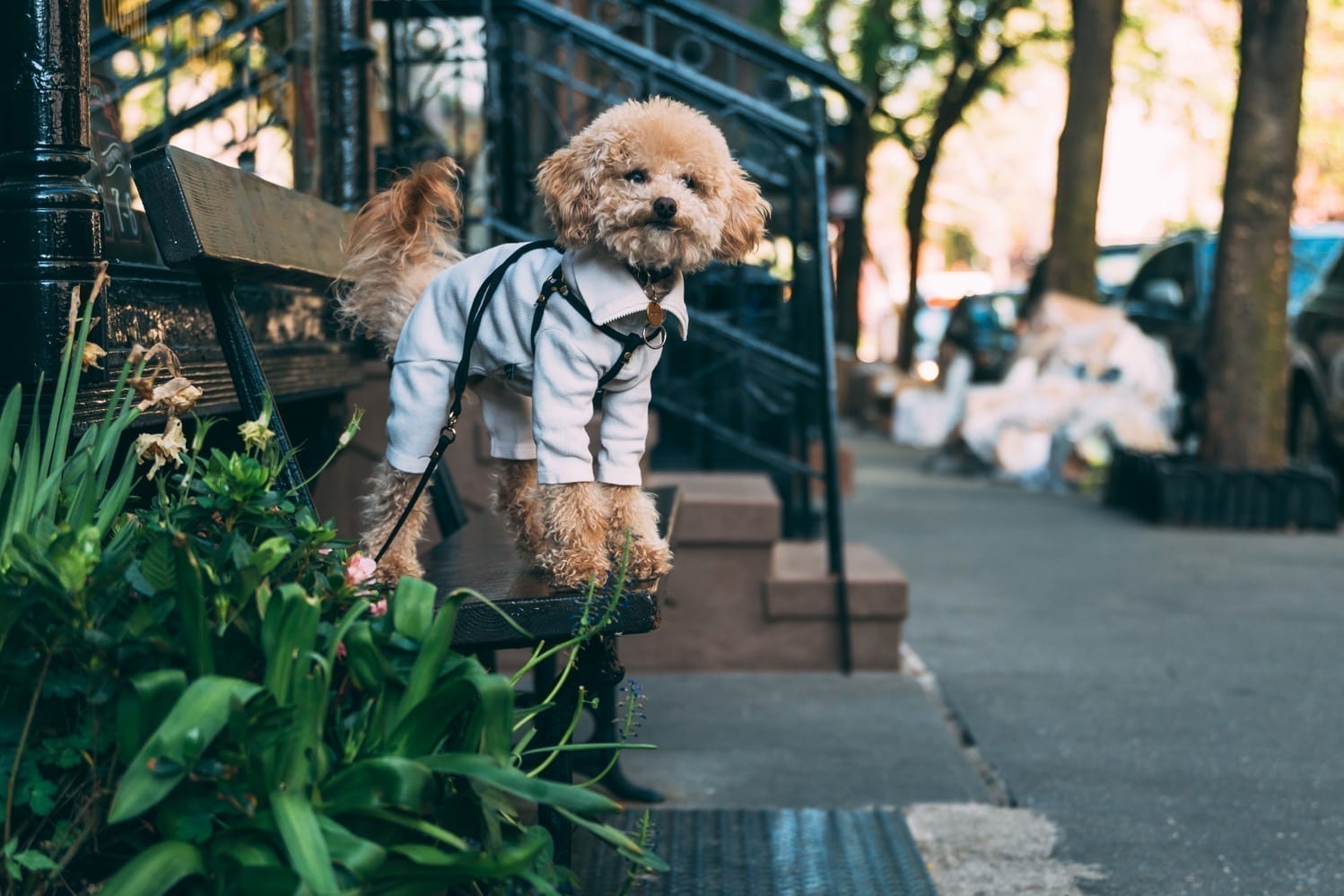“But he did it at home!” Is this something you have found yourself saying?
Have you ever wondered why your dog will happily sit for you when you ask, or come to you inside the house but as soon as you are in a different environment you get a “blank stare” or a “deaf ear”?
When that happens, you should realize that as soon as circumstances change everything you ask your dog to do becomes more challenging for them. When you leave your practice room there are so many other stimuli the dog has to ignore to focus on what you are asking.
It’s kind of like learning a new language in the privacy of your home. You know all the phrases and questions by heart, all the sentences in order. But as soon as you actually need to ask a question or respond to something on the long-planned trip, all of a sudden, the vocabulary flies out of your brain and you are reduced to a stuttering and gesticulating person who cannot think of a single word in the appropriate language when desperately trying to ask where the bathroom is.
The fact is that humans need practice in “real” circumstances and so do dogs.
So once your dog can perform a behavior reliably without any distractions you will need to up the ante by adding distractions, changing venues, adding distance or throwing toys. The more scenarios you can think of the better. Only then can you proudly say: “My dog knows what “sit” really means.”



